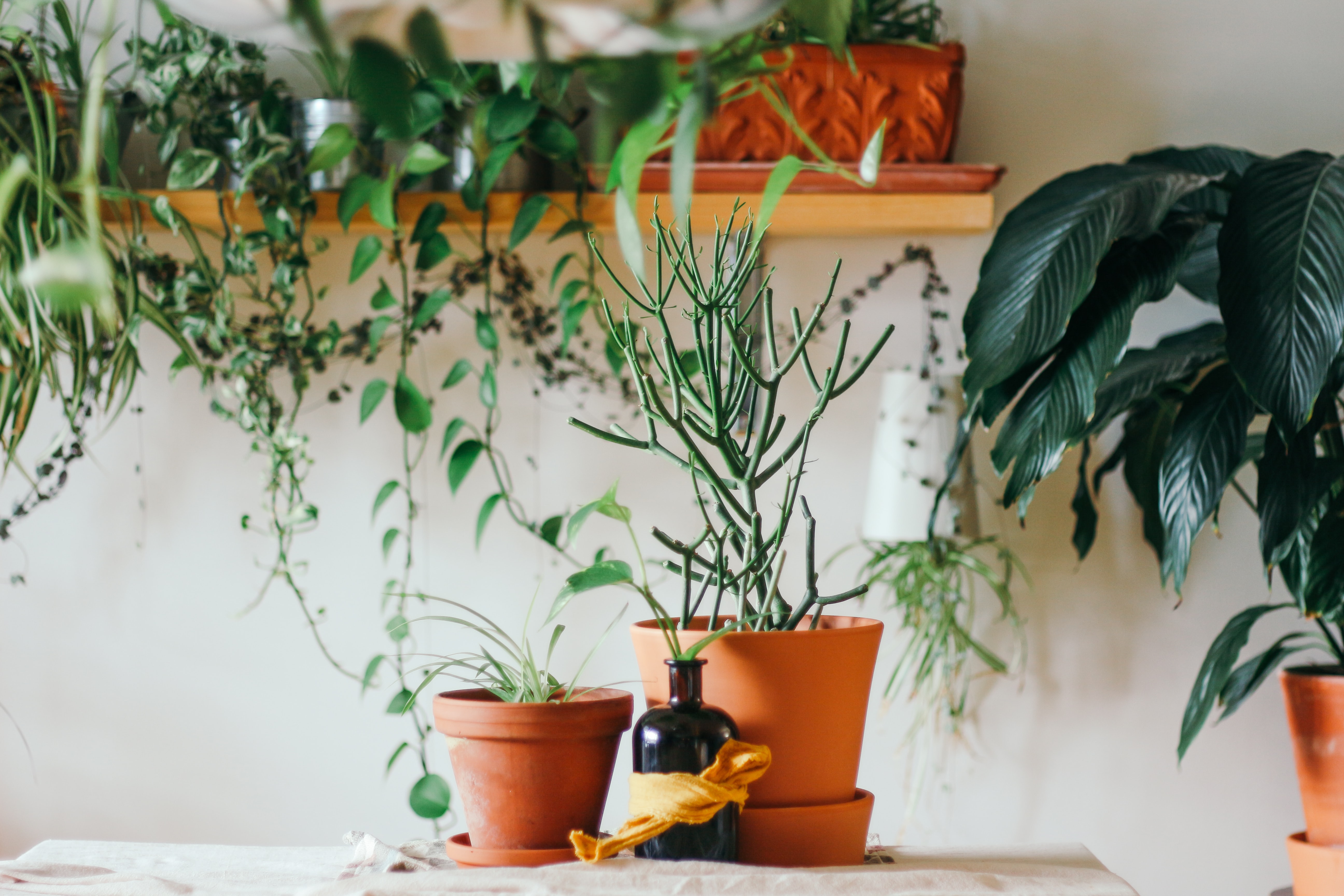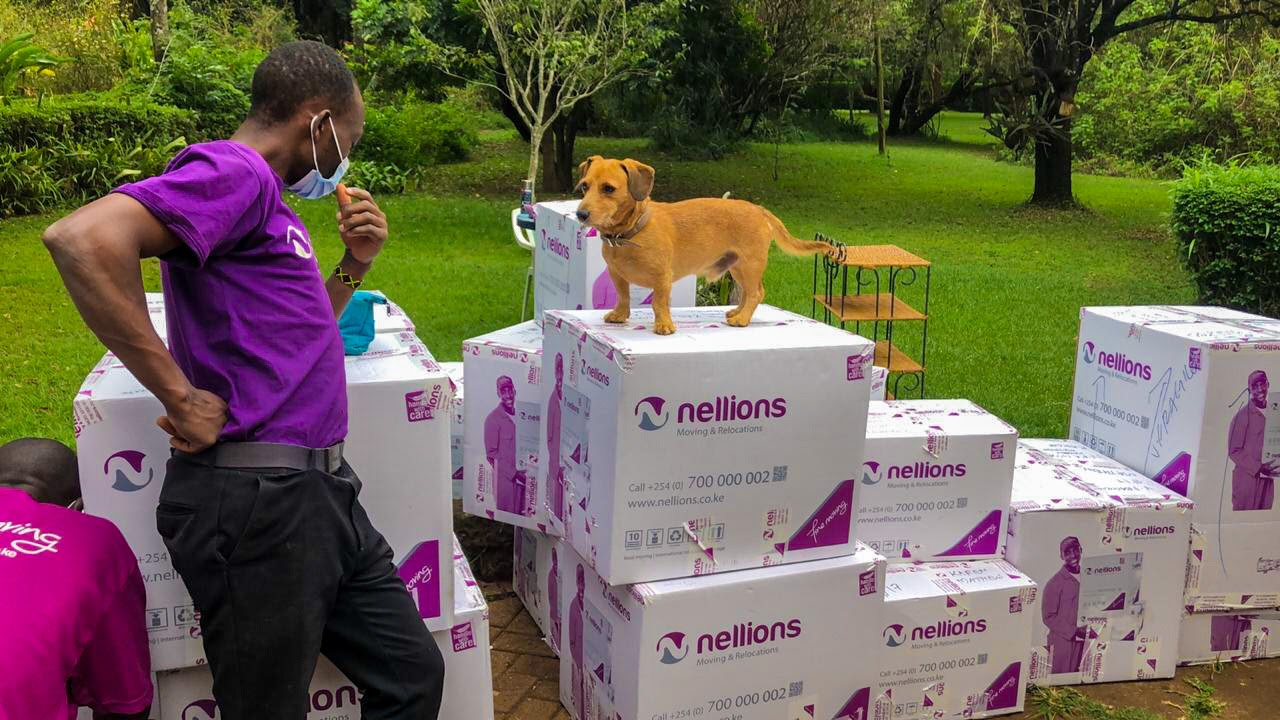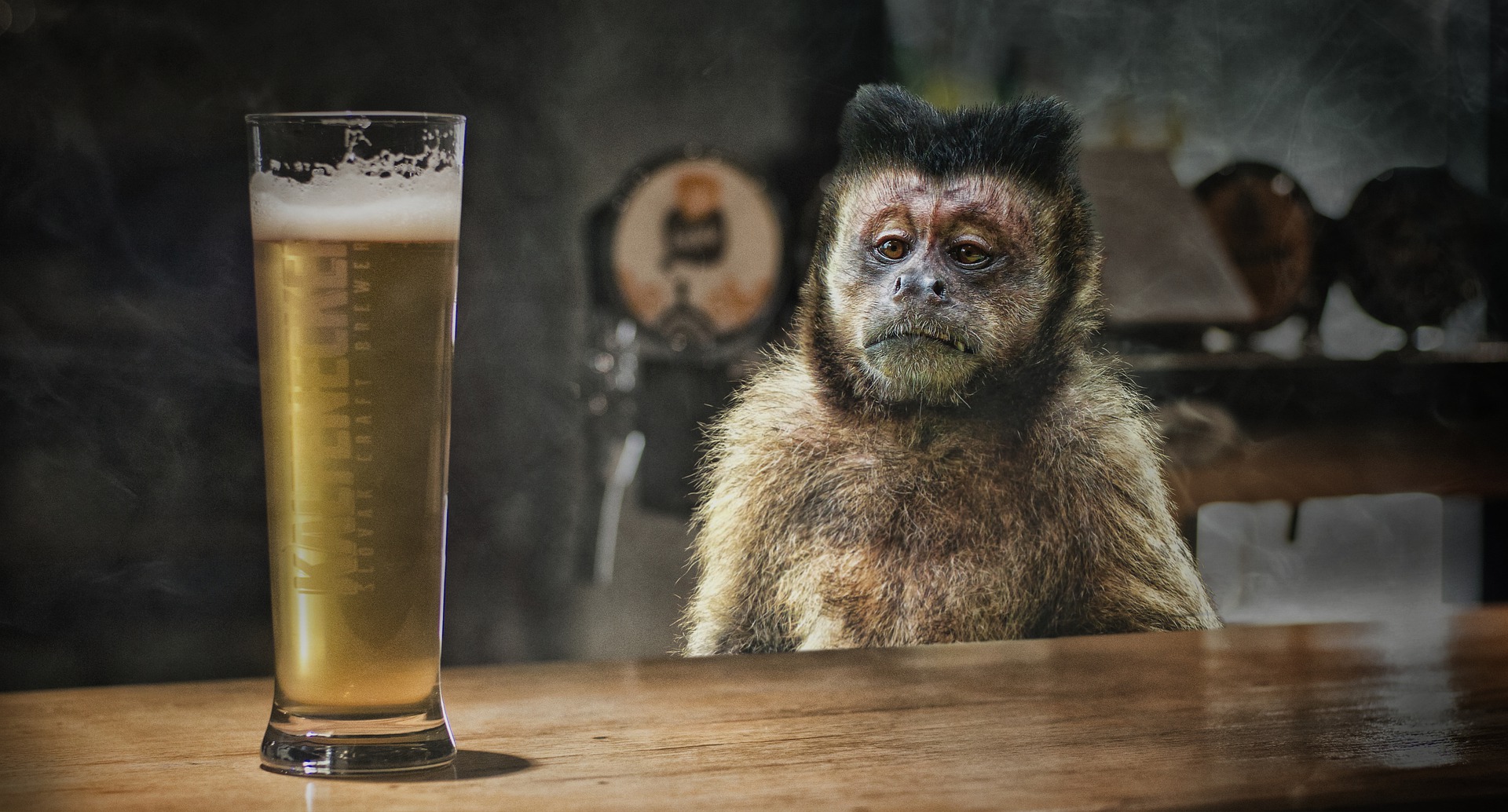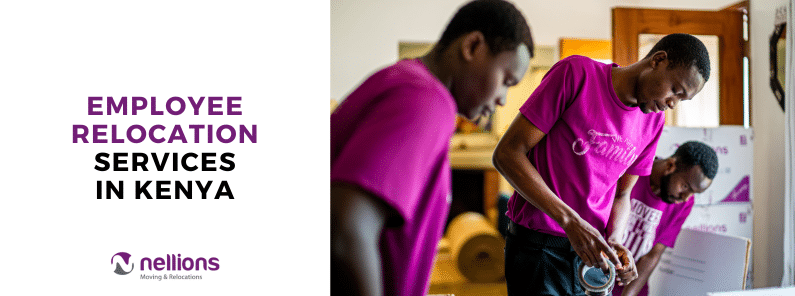Plants hold sentimental value. For a plant parent, you don’t have to leave your plant behind or give away your plant when relocating. You want your new living space to have the same greenery. Moving plants can be very fragile, they can get easily damaged due to environmental changes, not being packed in the correct boxes, or getting items piled on top of them. Here are some tips to ensure a successful move;
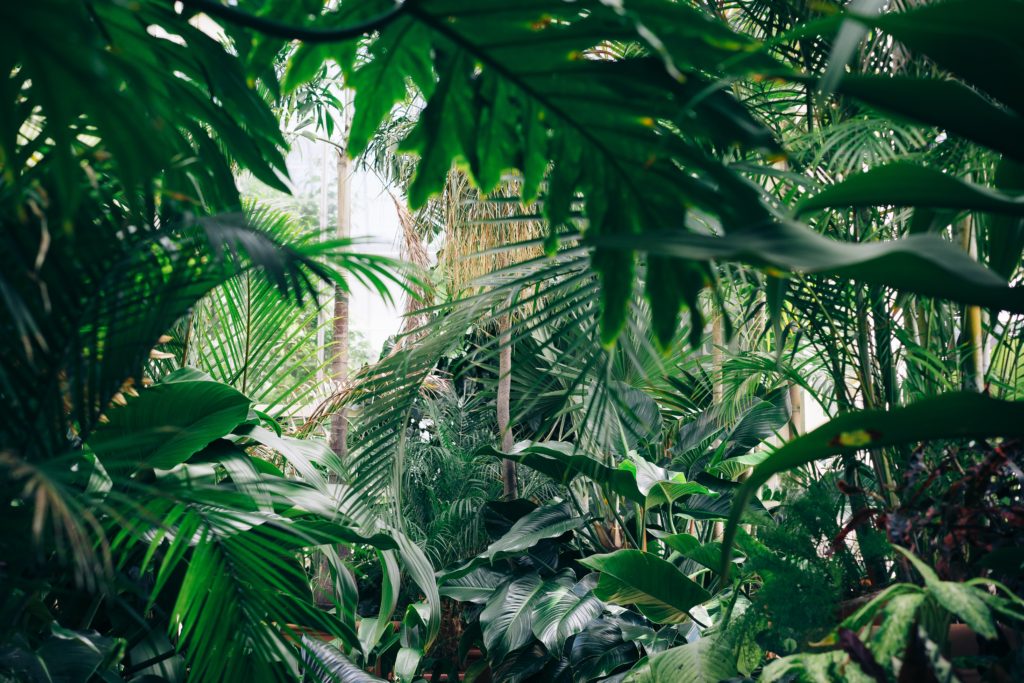
1. Prep your plants
Don’t overwater your plants at least five days before the move. The water will make carrying the plant heavier. Prune them, cut the branches and dead leaves. Also remove dust, pests, and weeds.
2. Re-pot in plastic
It’s easier to carry your plants in plastic. When re-potting, make sure you change the plants to a plastic pot of the same size. This will help the plants feel like they are in the same environment. Changing them to a different size pot may damage them. This should be done a few weeks before the move.
3. Watch the temperature
It’s advisable to transport your plants in a temperature-controlled environment like a truck or a car. If you are transporting overseas, inform the airline beforehand.
4. Wrap
Wrap the plants carefully in an old bedsheet to prevent branches from breaking. Alternatively, you can take a plastic bag, place it over the pot, and tie it at the base, so the soil doesn’t spill around.

5. Position
Place the plant carefully in a box, making sure it is upright. Do not put anything on top of the plants.
6. Pack
Make sure the plant is well secured in the box by filling the box with newspaper or bubble wrap.
7. Label
Make holes on the boxes so the plants can breathe. Label the boxes fragile or live plants.
8. Transportation
You may require open vehicles to transport your plants between long distances. In this case, contracting a landscaping company is preferable to a moving company. This is because plants are delicate and require more attention than other household items.
9. Timing
For those owning many plants, it would be better to dedicate a special day for moving the plants. This can best be done when they are moved after all the other items have been transported.
When moving plants, there are some things you should avoid doing to prevent any form of damage to the plants. Such as:
- Do not stack plants on top of each other. This may seem appealing when you are trying to save space but will damage the plants. Instead, find a moving company that will accommodate these needs and adjusts costs accordingly.
- Do not water plants in clay pots at least 5 days before moving. In fact, you should keep clay pots away from water and preferably move during the dry season. This prevents the breaking or cracking of the pots.
Countries do not recognize plants as household goods or personal effects. Therefore they cannot be moved from one country to another without a special permit from the country you are traveling to. To bring potted plants to Kenya, you would need a permit from KEPHIS, an organization ensuring plants meet Kenya’s standards.
After you get to your destination, make sure you unpack your plants as soon as possible. To avoid breakage, remove plants through the bottom of the box. Make sure you put them in the same size of pots as before. Don’t move the plant around too much and let it get acclimated to the environment.
Good planning and taking caution will help successfully move your plants. Even though relocating plants isn’t quite simple due to them being fragile, these tips will guide you in helping you have a great moving experience.




